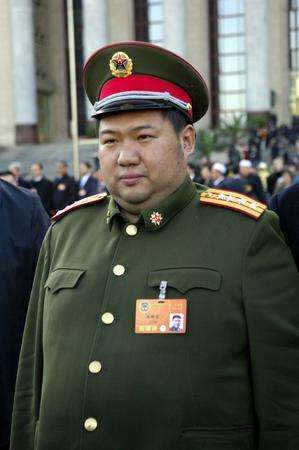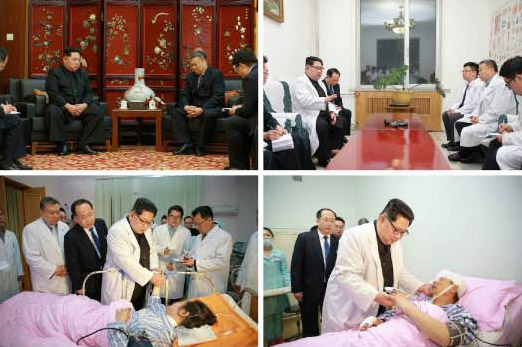 |
|
Mao Xinyu, the grandson of Mao Zedong, reportedly died along with over 30 Chinese tourists in a traffic accident in North Hwanghae Province, North Korea, on Apr. 22.
|
Tour bus crashed in North Korea after a visit to cemetery for Chinese soldiers in the Korean War
A news report claims that Mao Xinyu, 48, the only grandson of Mao Zedong, was one of the 32 Chinese who lost their lives in a deadly traffic accident that occurred in North Korea on Apr. 22. The Chinese language edition of France’s state-run Radio France Internationale (RFI) quoted Chinese media in a report on Apr. 30 stating that the majority of those who died when their bus crashed were the children of soldiers who had fought in the Korean War and that Mao Xinyu was among them. The son of Mao Anqing, Mao Zedong’s second son, Mao Xinyu was a career soldier who had served in various positions, including deputy director of the department of war theory and strategic research at the Academy of Military Sciences, under the Chinese People’s Liberation Army. Mao was also a member of the Chinese People's Political Consultative Conference from 2008 until this past March, when his name did not appear on the conference’s updated roster of members. The traffic accident reportedly occurred in North Hwanghae Province while the tourists were returning from a cemetery for soldiers of the Chinese People’s Volunteer Army who died during the Korean War. Located in Hoechang County, South Pyongan Province, this cemetery is where Mao Anying, Mao Zedong’s eldest son, is buried. Mao Anying was killed by bombs dropped by American troops in Nov. 1950, just one month after entering the war. If Mao Xinyu’s death is confirmed, it will mean that both a son and grandson of Mao Zedong have died on the Korean Peninsula. But some are denying the rumors of Mao Xinyu’s death, and a photograph is circulating on Chinese social media that was purportedly taken of Mao at Beihai Park in Beijing on Apr. 30. The Chinese and North Korean authorities have not yet released a list of the deceased.
 |
|
North Korean leader Kim Jong-un is pictured visiting the wounded after the accident. (Rodong Sinmun)
|







